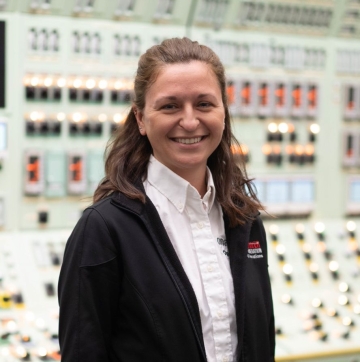
Kasia Carisse
Career Profiles
Control Room Supervisor (Nuclear Power)

Karissa Palinka (she/her)
Career Profiles
Technical Engineer
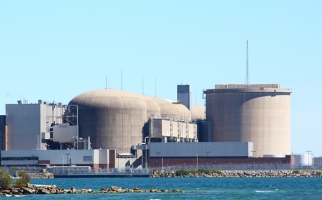
Let's Talk Nuclear Resources
Backgrounders
Discover a list of resources to get you thinking about all things nuclear!

Julie Leblanc (she/her)
Women in STEM Special Advisor
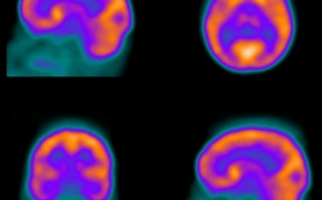
Innovations in Nuclear Technologies
STEM Explained
Learn about why Canada is a world leader in nuclear technology.
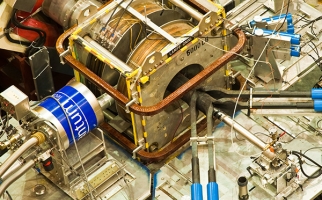
Exploring Canada’s Particle Accelerators
STEM Explained
Particle accelerators have amazing applications - from growing food to making airplanes safe.

Why Care About the Higgs Boson?
STEM Explained
Physicists are a bit like chefs, except they’re trying to figure out the recipe for the universe.

Antimatter and Why It Matters to Me
STEM Explained
Melissa Valdez talks about her exciting work on antimatter at CERN when she was a graduate student at York University.
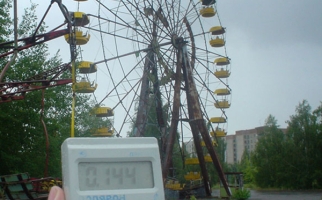
Radiation Effects on the Body
Backgrounders
This backgrounder explains the potential effects of radiation on the human body.

What are the Different Types of Radiation?
Backgrounders
Learn about the different types of radiation, how they interact with atoms and how they can affect you.

What are the Pros and Cons of Nuclear Energy?
STEM Explained
These two “point-counterpoint” videos provide arguments for and against using nuclear energy to generate electricity.
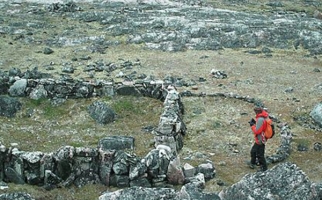
The Dating Habits of Archaeologists
STEM Explained
Radiocarbon dating is a method of radiometric dating. Learn how archaeologists use carbon isotopes to find the age of organic materials at archaeological sites.
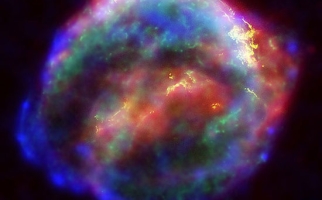
The Life and Death of Stars
STEM Explained
The life and death of stars form the chemical elements that make up Earth, making stars critical to life as we know it.

Radiation and Human Space Exploration
STEM Explained
One of the greatest hazards that humans in space face is cosmic radiation. Learn what cosmic radiation is, why it's dangerous, and ways that we are looking at protecting humans in deep space.
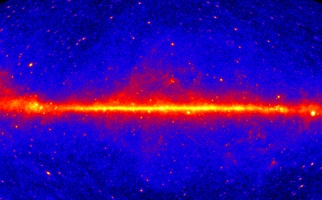
Gamma Rays: Helper or Hazard?
STEM Explained
Gamma rays might make you think of cancer, harmful radiation or superheroes. But gamma rays have lots of uses: food safety, manufacturing and even medicine!